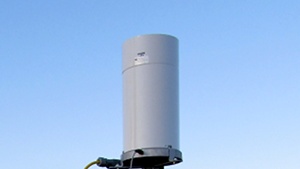

Site Settings
Alternate Display Modes
Full Screen Mode
Billboard Mode
Contact Us
Contact Alliant Energy
For information about Alliant Energy or this project, call 1-800-ALLIANT (1-800-255-4268). Please contact EPRI for website support.
Contact EPRI
For website support or for information about EPRI or this project, call 1-650-855-2121, email askepri@epri.com or submit a form to contact EPRI's Customer Assistance Specialists.
About this website
This website was designed and developed by EPRI in collaboration with Alliant Energy, EPRI's Integration of Distributed Energy Resources and Solar programs, and EPRI's Power Delivery and Generation sectors.
Help: information about this page...
Component View
After reading the overview, try interacting with the comparison chart(s) to learn more about the data's characteristics and trends.
Panels
This page contains several panels: Performance Snapshot, Overview, etc. Tap or click the "?" button in the upper right corner of a panel to see more information about its content.
